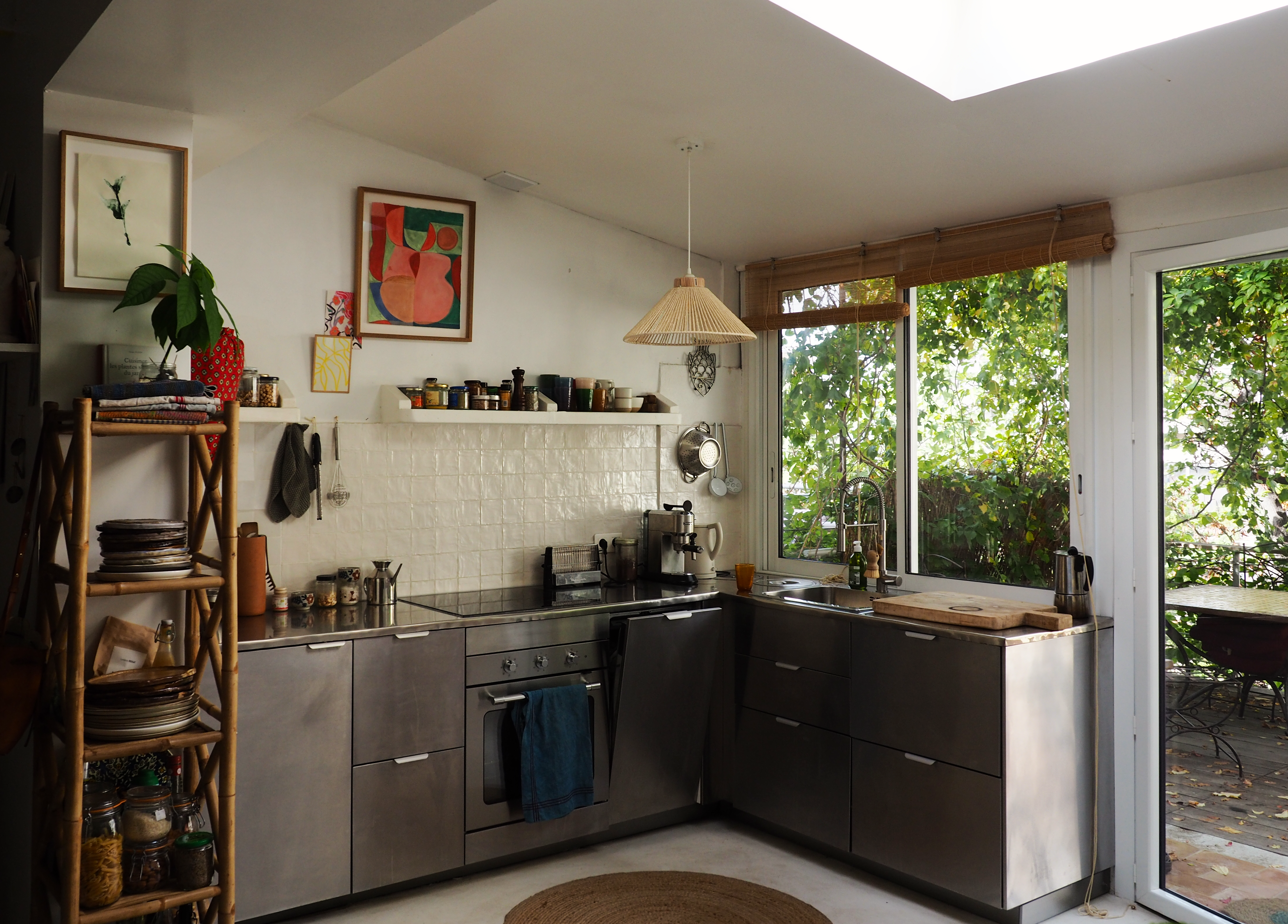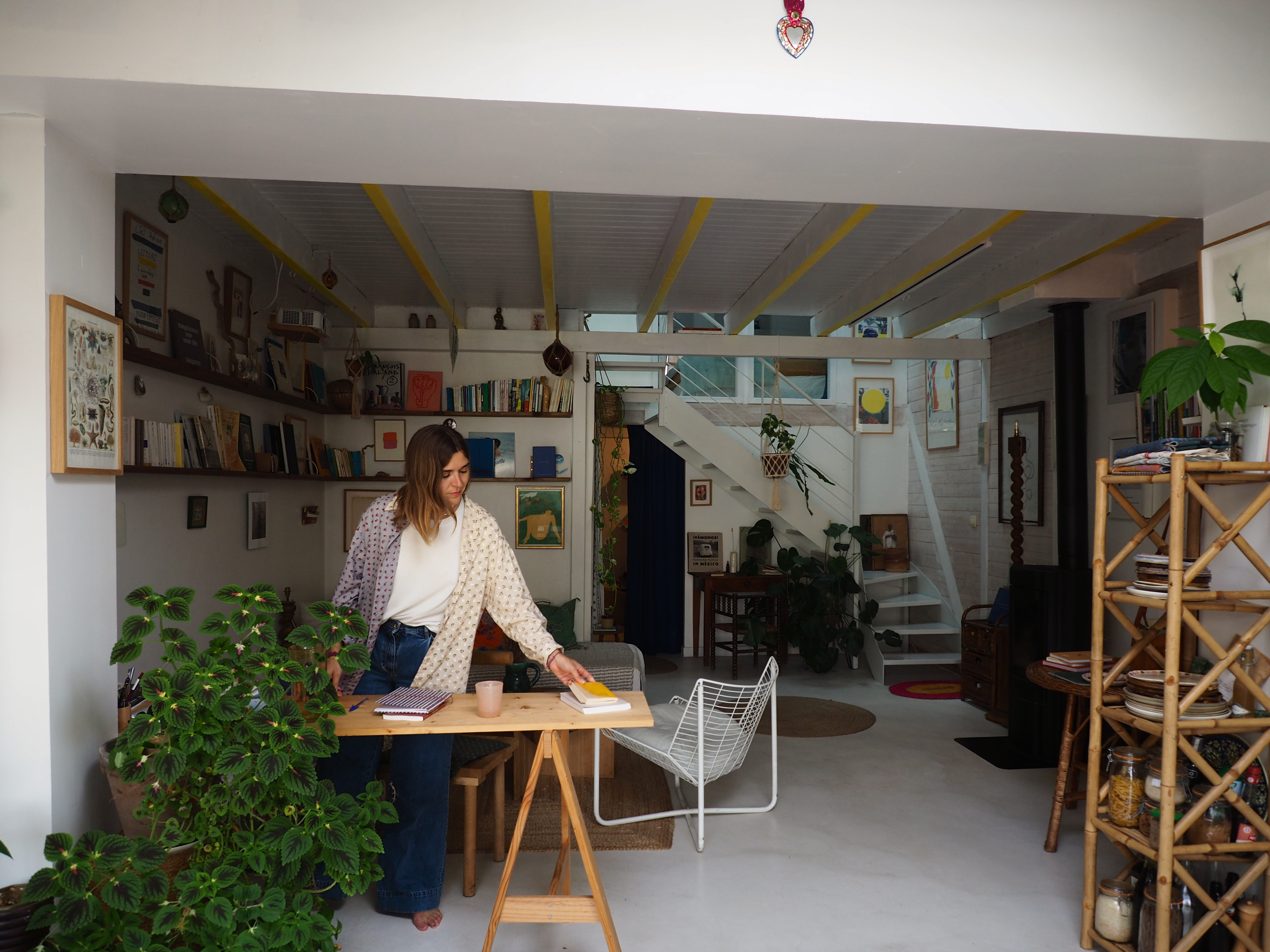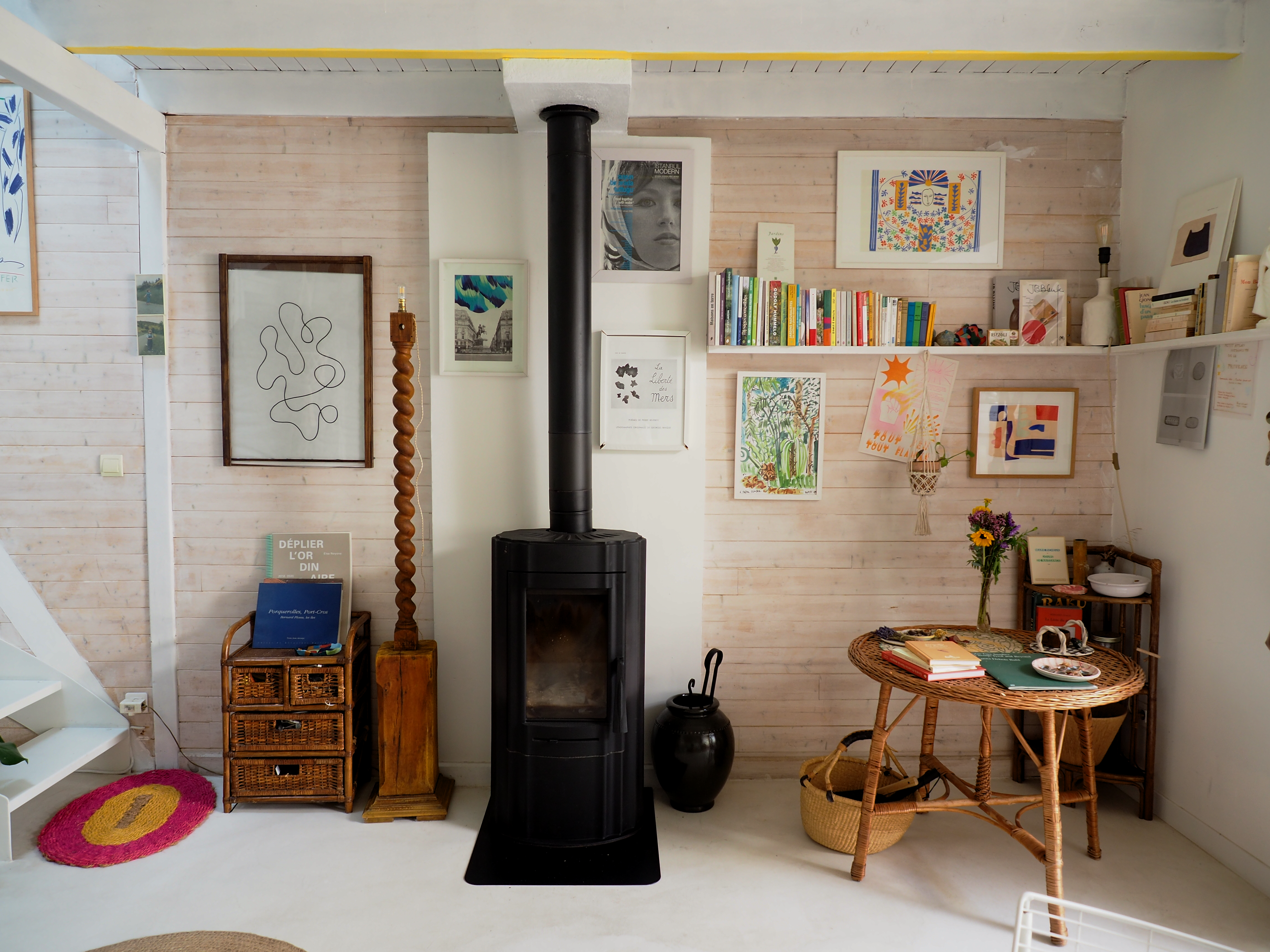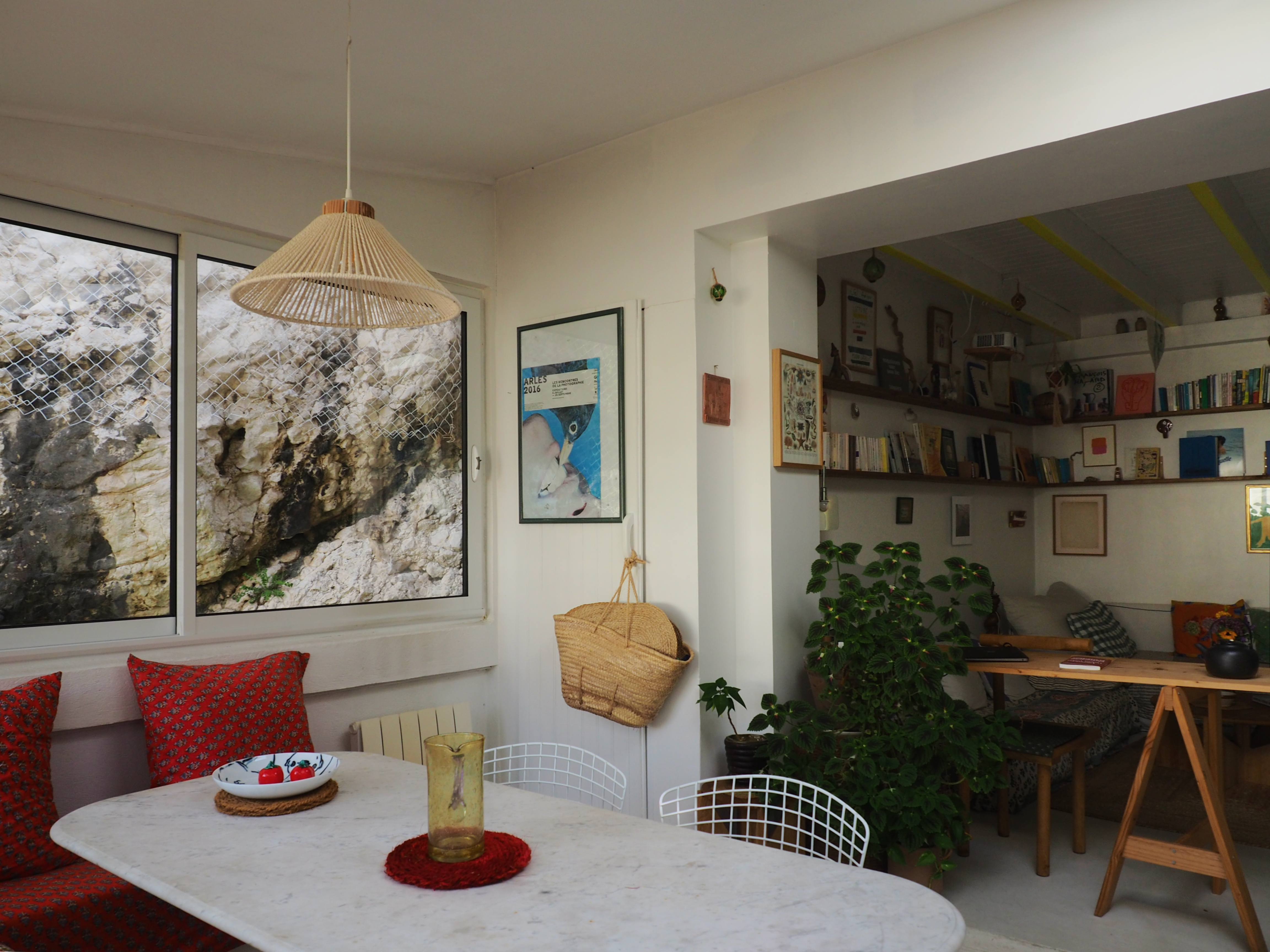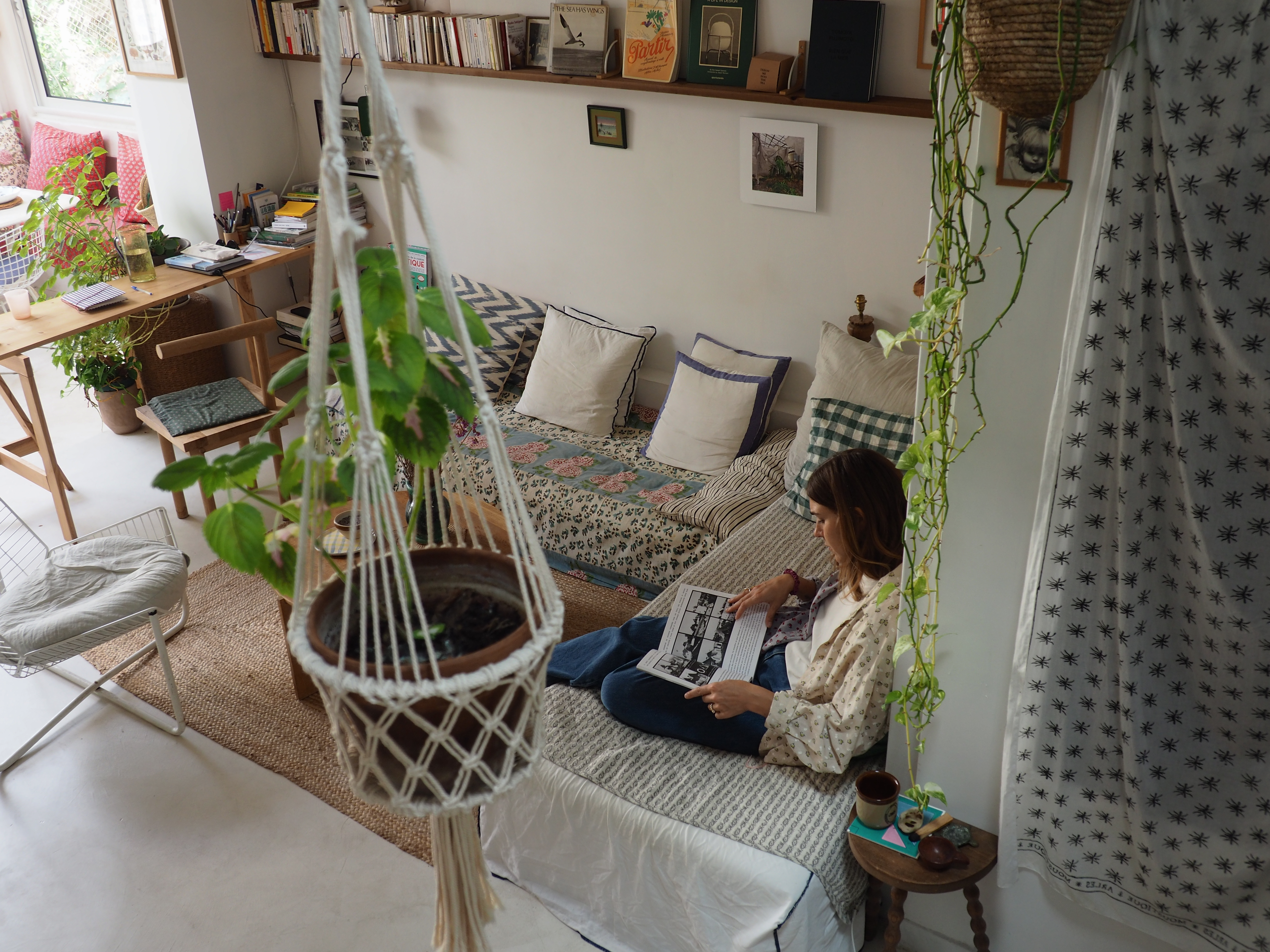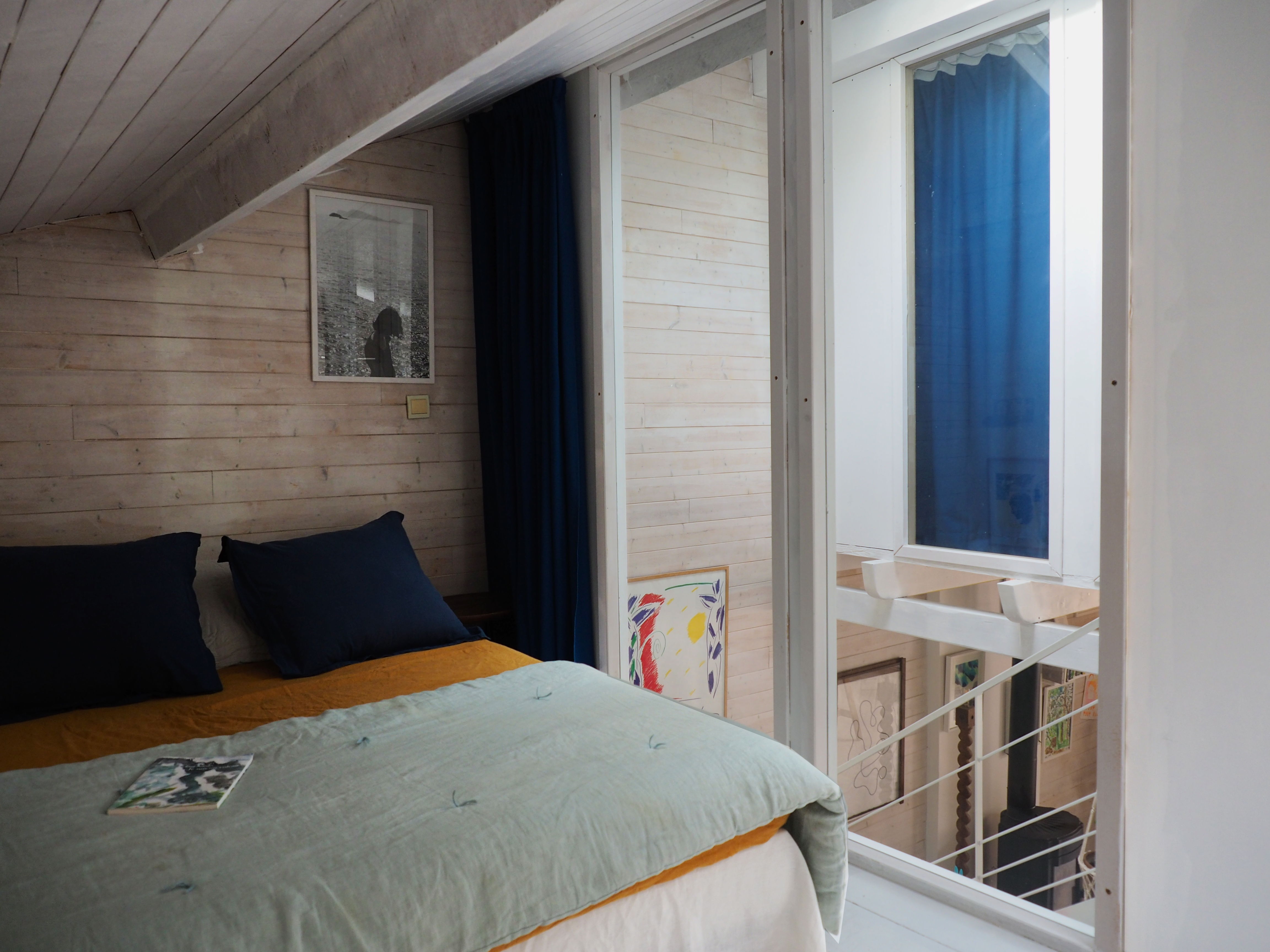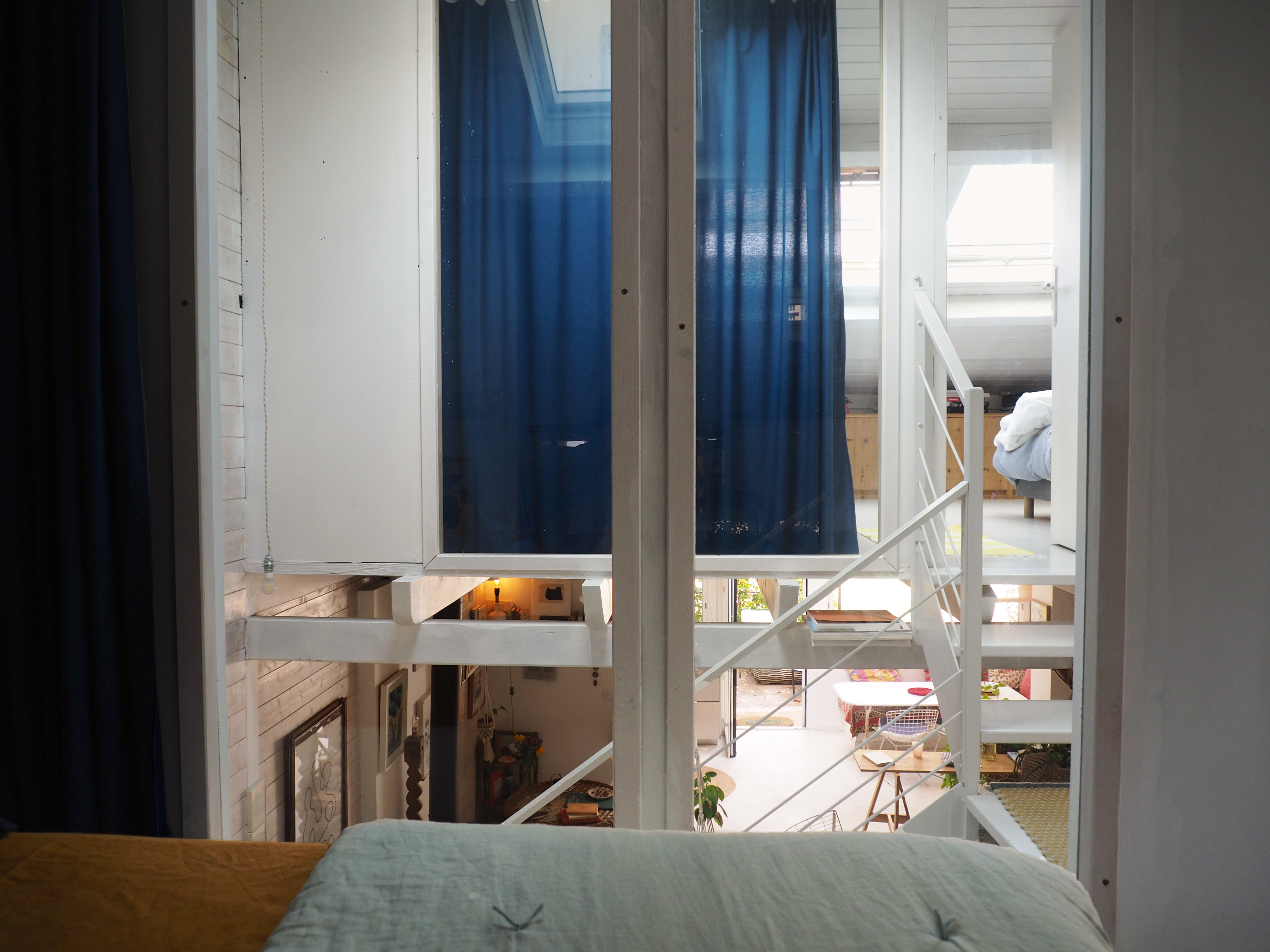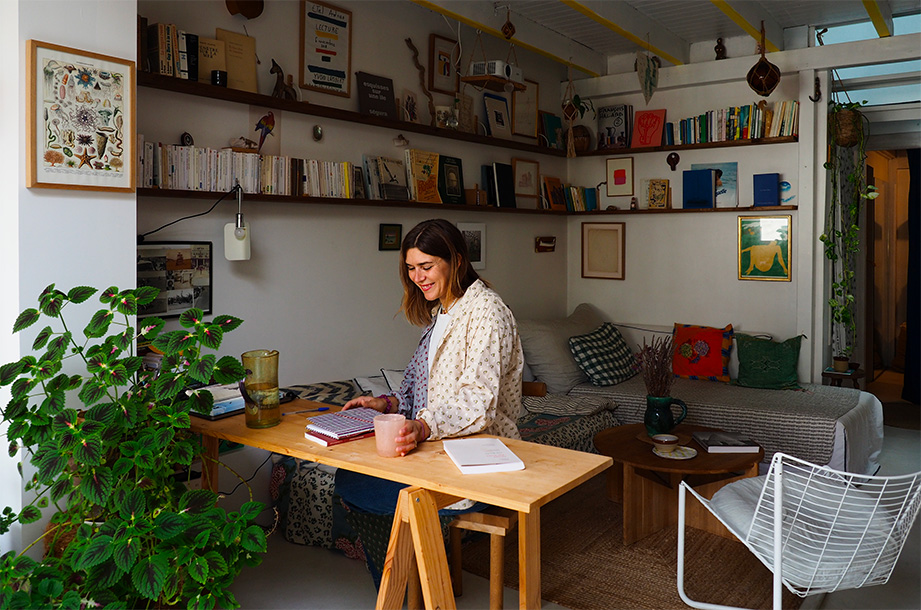
LE CABANON
Originally from Marseille, Emmanuelle has reconnected with her childhood spent with her feet in the water, by moving in above the small port of Vallon des Auffes. From renovation to decoration, Emmanuelle reveals an interior she describes as a floating library inspired by boats and books.
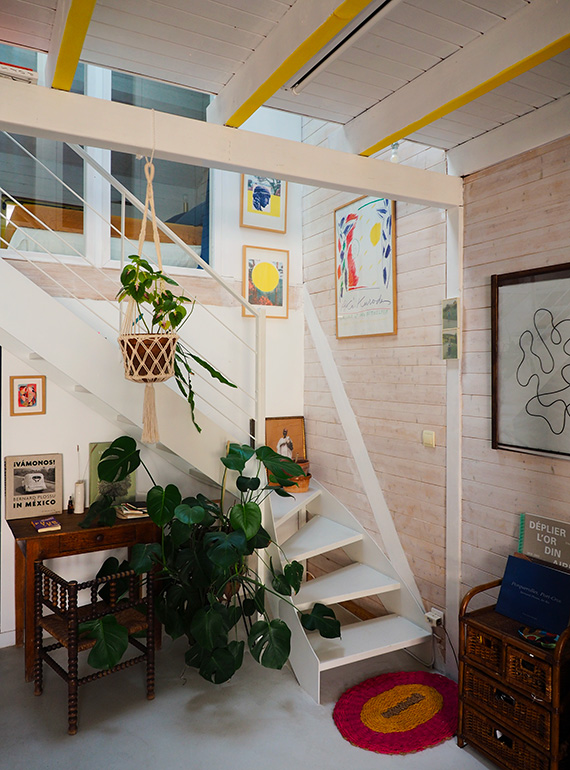
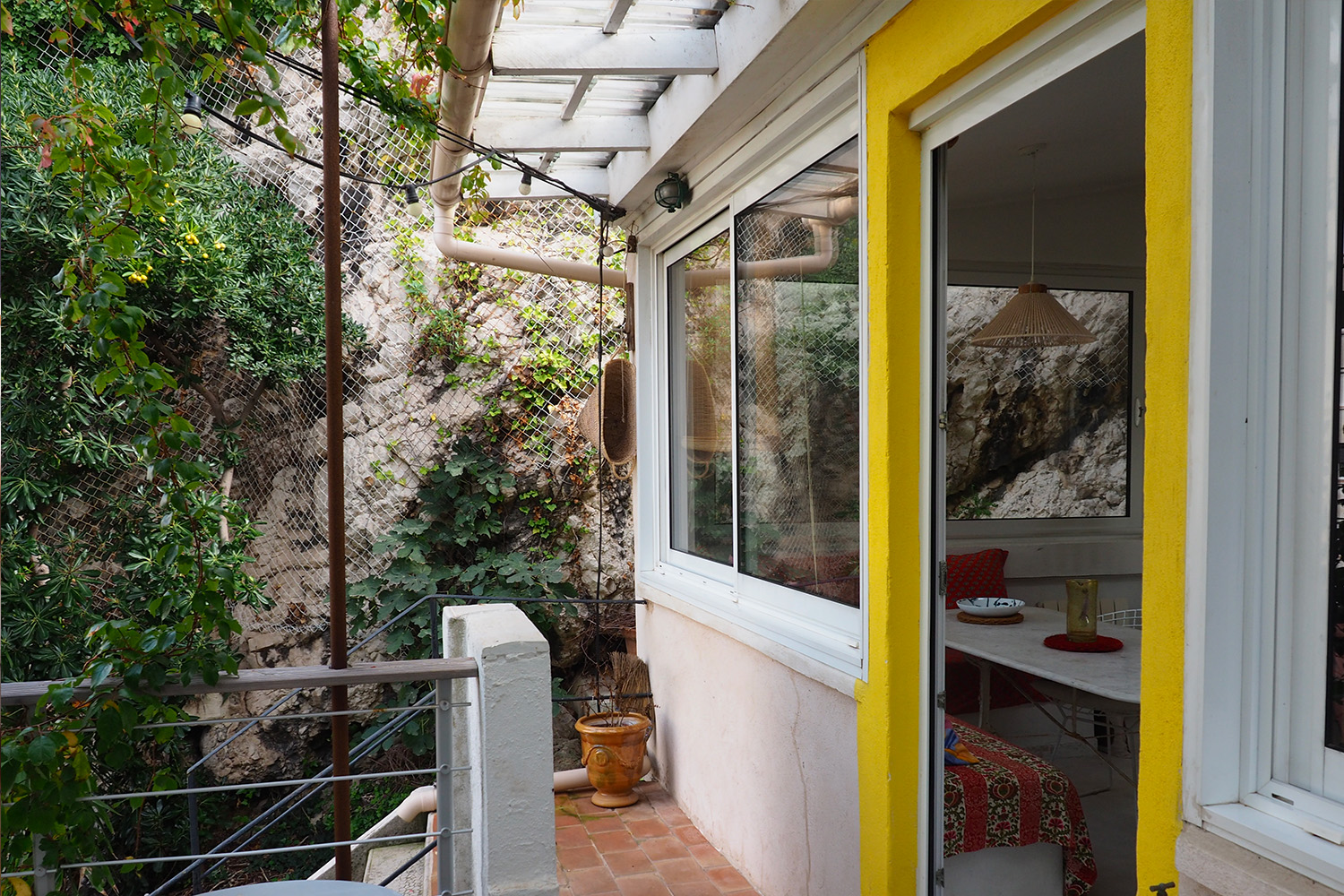
At the time, freshly installed in an apartment in the center of Marseille, she was longing to get closer to the water. And as life often works out well, while Emmanuelle was on a boat at sea, ARCHIK co-founder Amandine found her this cottage with a vacation feel. The rest, as you may have guessed…
Your encounter with ARCHIK didn’t start like any other, since you began collaborating with ARCHIK in 2017. Can you tell us how it all began?
E – I met Amandine and Sébastien shortly after my return to Marseille. At the time, I was curating an exhibition at Double V Gallery, alongside Nicolas Veidig-Favarel, a neighboring venue to Maison ARCHIK. We shared the same ambition of bringing cultural and artistic life to this district of Marseille known as “Le quartier des Antiquaires”.
The idea of breaking out of the traditional gallery environment and getting closer to the world of architecture and housing appealed to me: one thing led to another, and I found myself working for ARCHIK as curator and communications manager. And then, very quickly, the desire arose to share our approach to architecture through a paper format: La Revue was born in 2019, and five years later I’m still its artistic director and editor-in-chief.
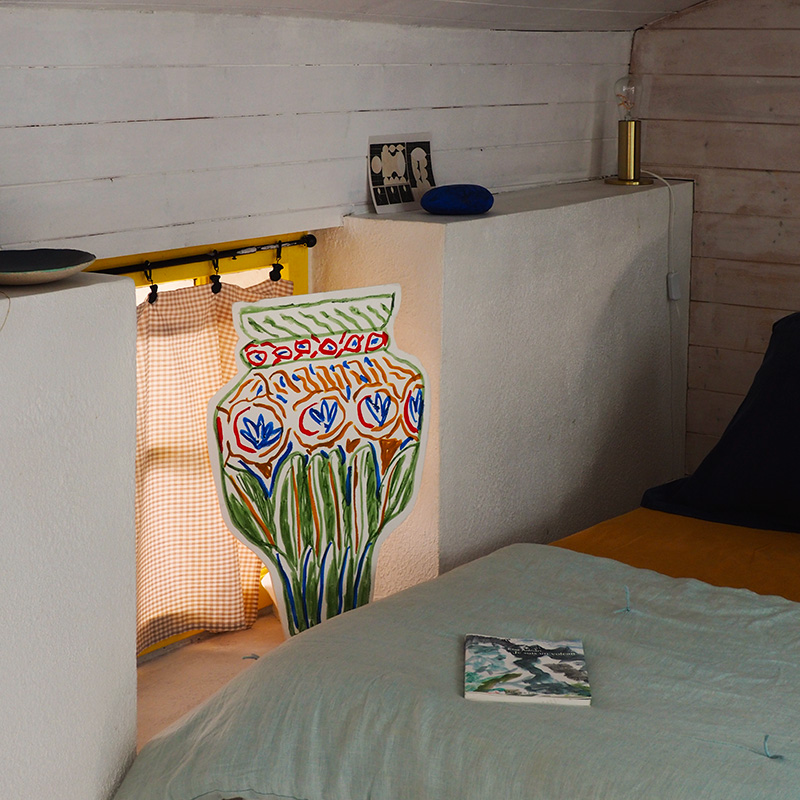
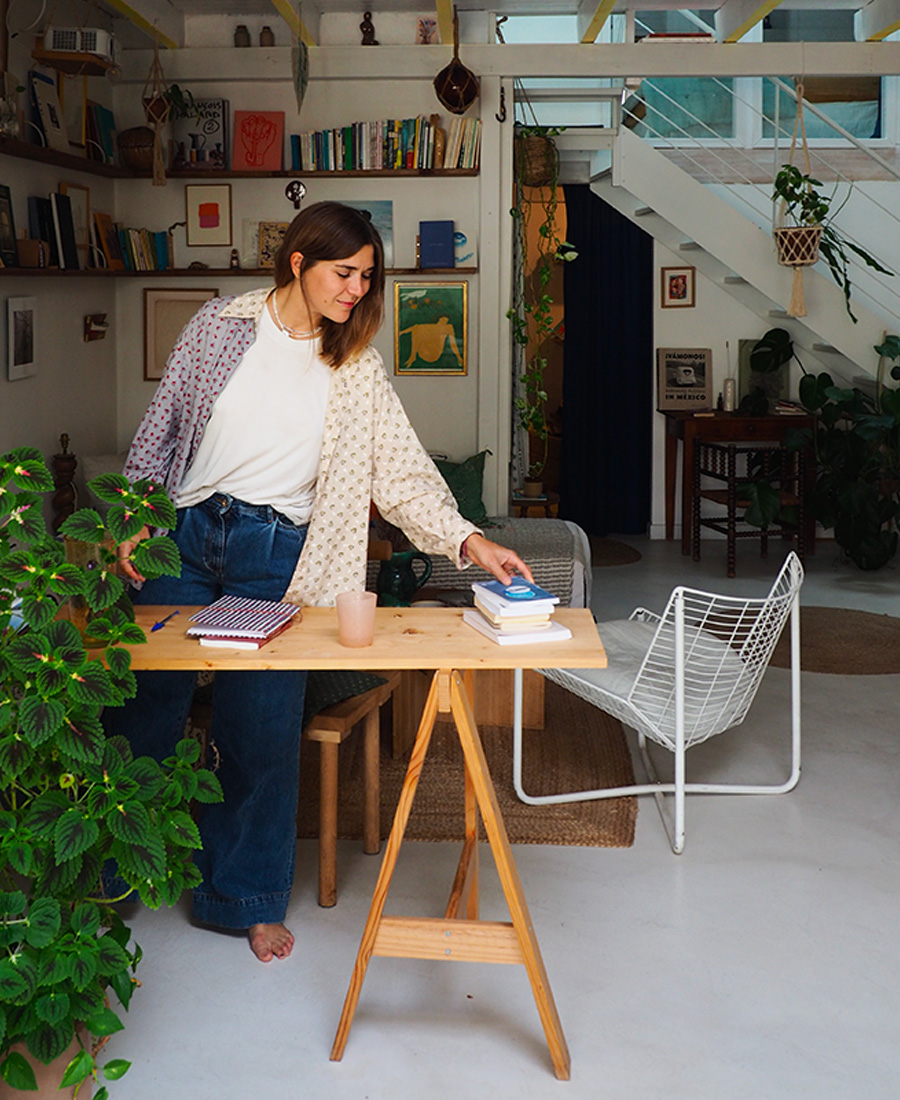
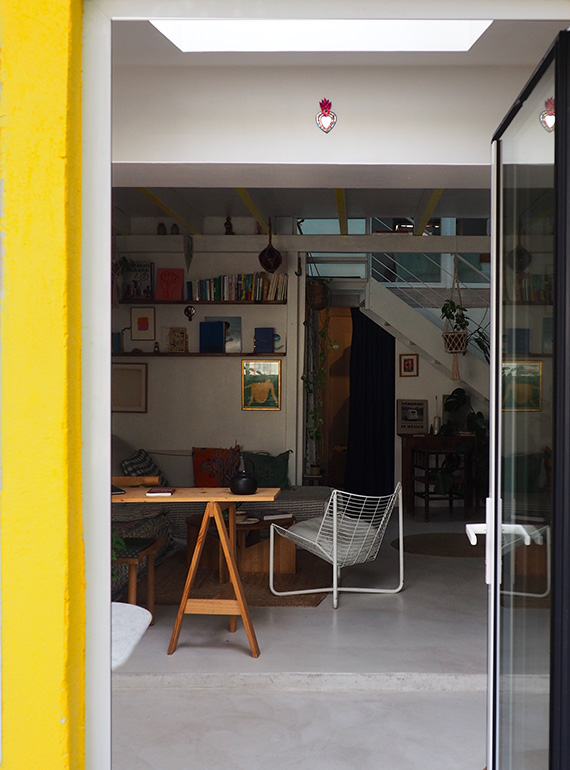
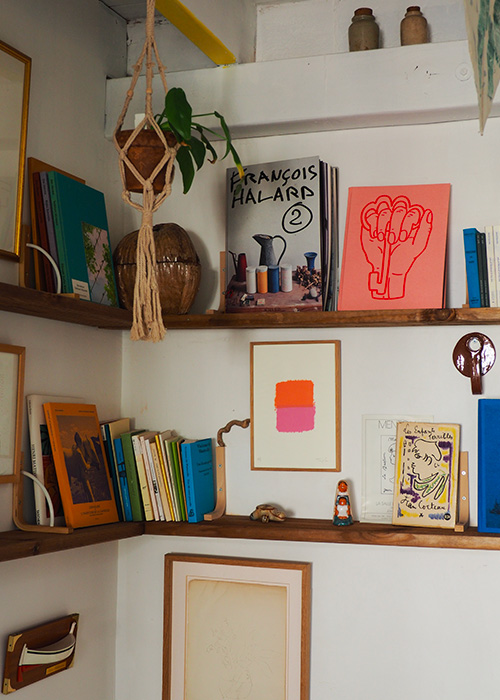
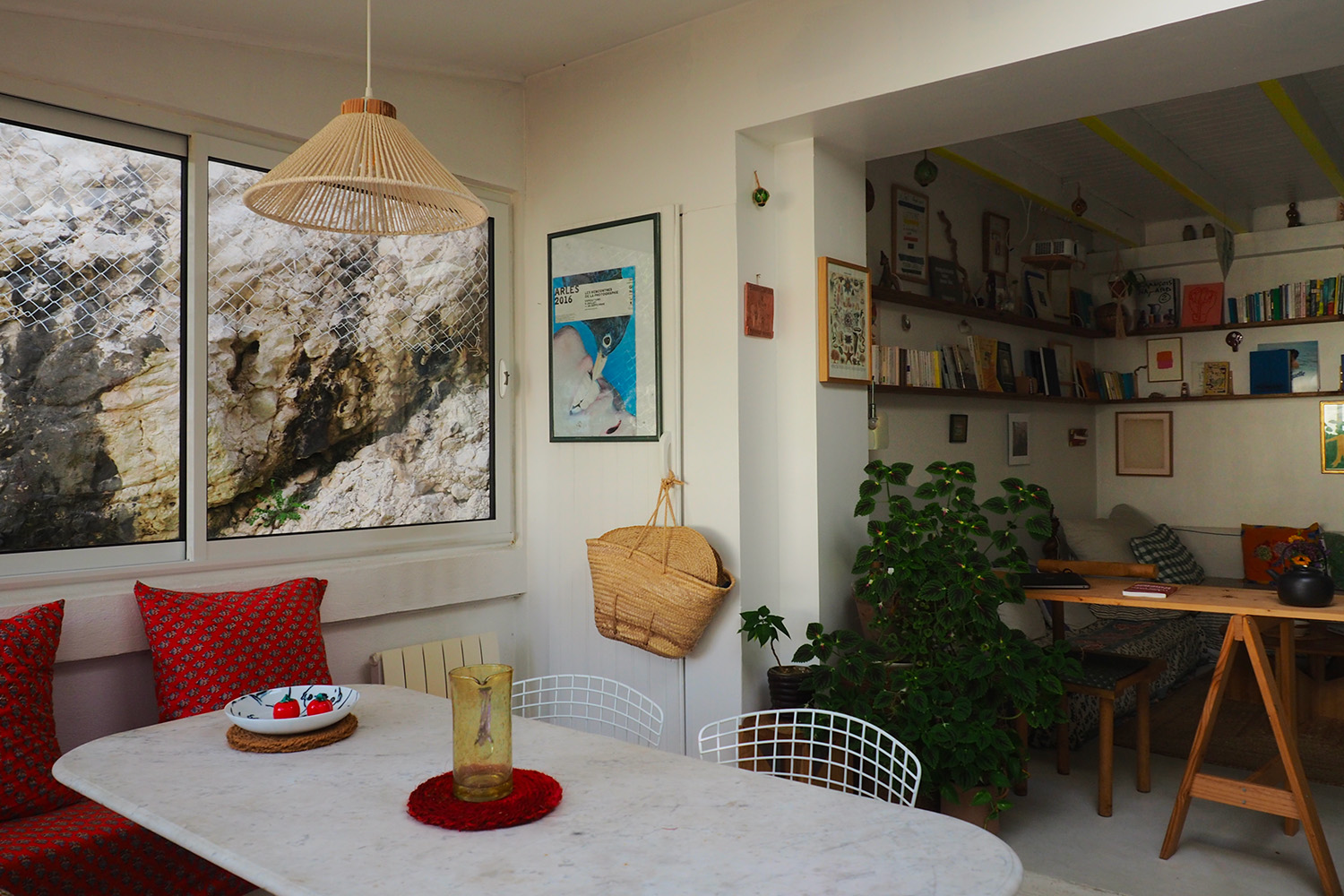
What were your plans for your new home? You already owned an apartment. How did ARCHIK work out for you? Did you have any specific ideas about what you wanted to buy?
E – I‘d recently moved into a downtown apartment that I really liked, but since I’d grown up with a love of the sea, I dreamed of getting closer to the water. I hardly believed in it and had no immediate intention of moving.
But one day, Amandine called to tell me about a garden shed to renovate in the Vallon des Auffes: a modest, quiet space, with a small garden to grow a few summer vegetables… I couldn’t pass it up! All this was possible thanks to ARCHIK’s responsiveness and the fact that my apartment was put up for sale and found a buyer in record time.
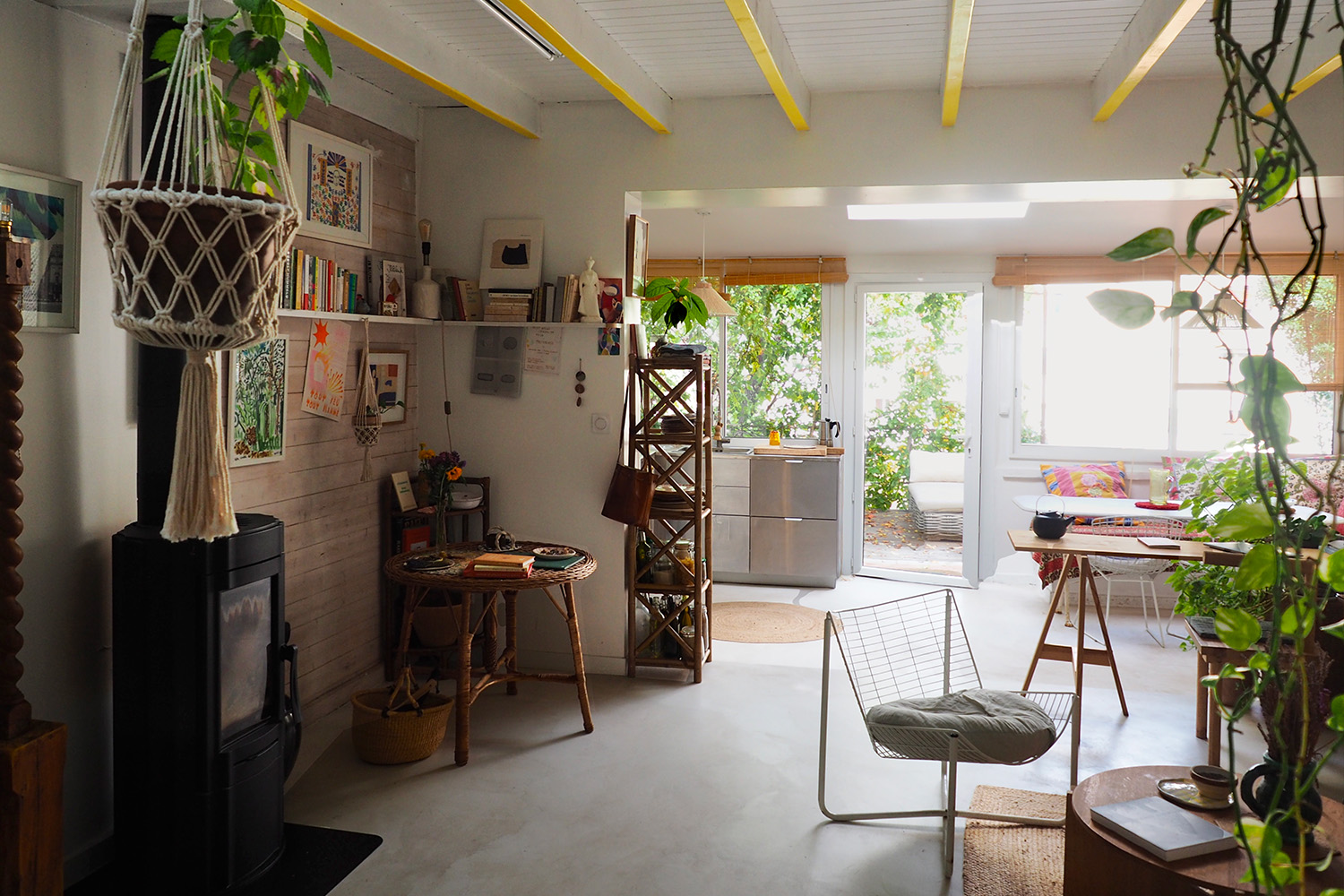
“ARCHIK has a human approach: they are driven by the fact that architecture and the acquisition of a house goes above all through a sense of well-being and ‘home’.”
So tell us about your first impression when you visited the cabanon? Did you fall in love with it?
E – To tell the truth, I didn’t have time to visit the cabanon! I was at sea, and my return to Marseille wasn’t due for another week. A video of the place and my confidence in Amandine were enough for me to make the decision!
As an art curator, how did you go about decorating this new living space, and where did your inspiration come from?
E – For me, this cabin was an opportunity to further affirm my attachment to the sea, to books and to boats. So I imagined it as a floating library, with many of the materials and codes inspired by the maritime world, and a special place for my favorite books. I’ve also brought together works by artists I used to exhibit, and who continue to inspire me, such as Alexandre Benjamin Navet, Caroline Denervaud and Gérard Traquandi.
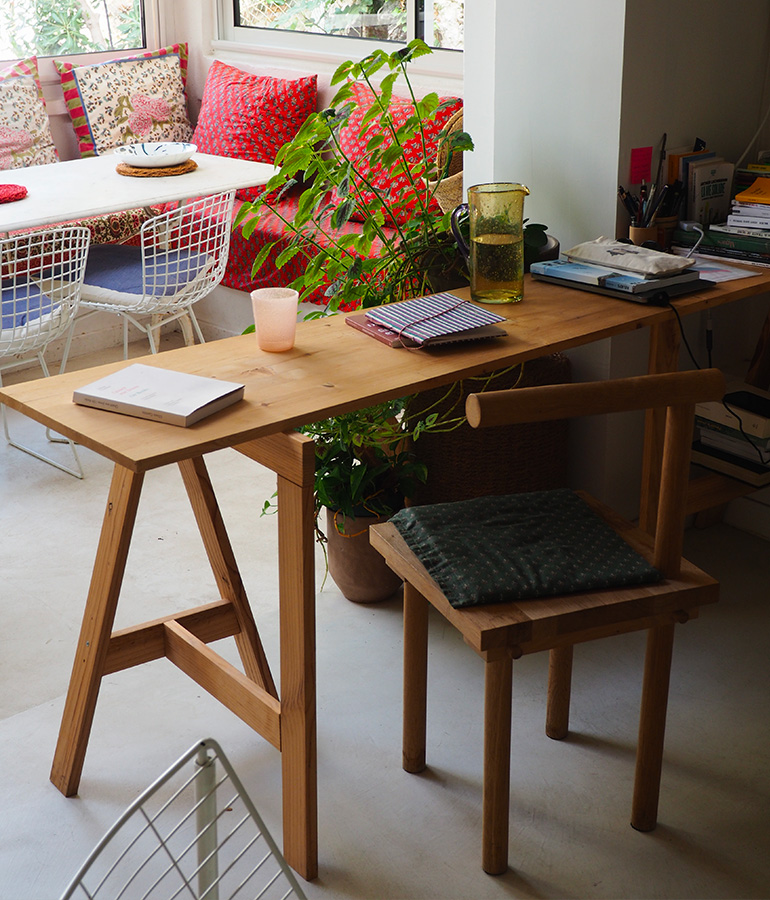
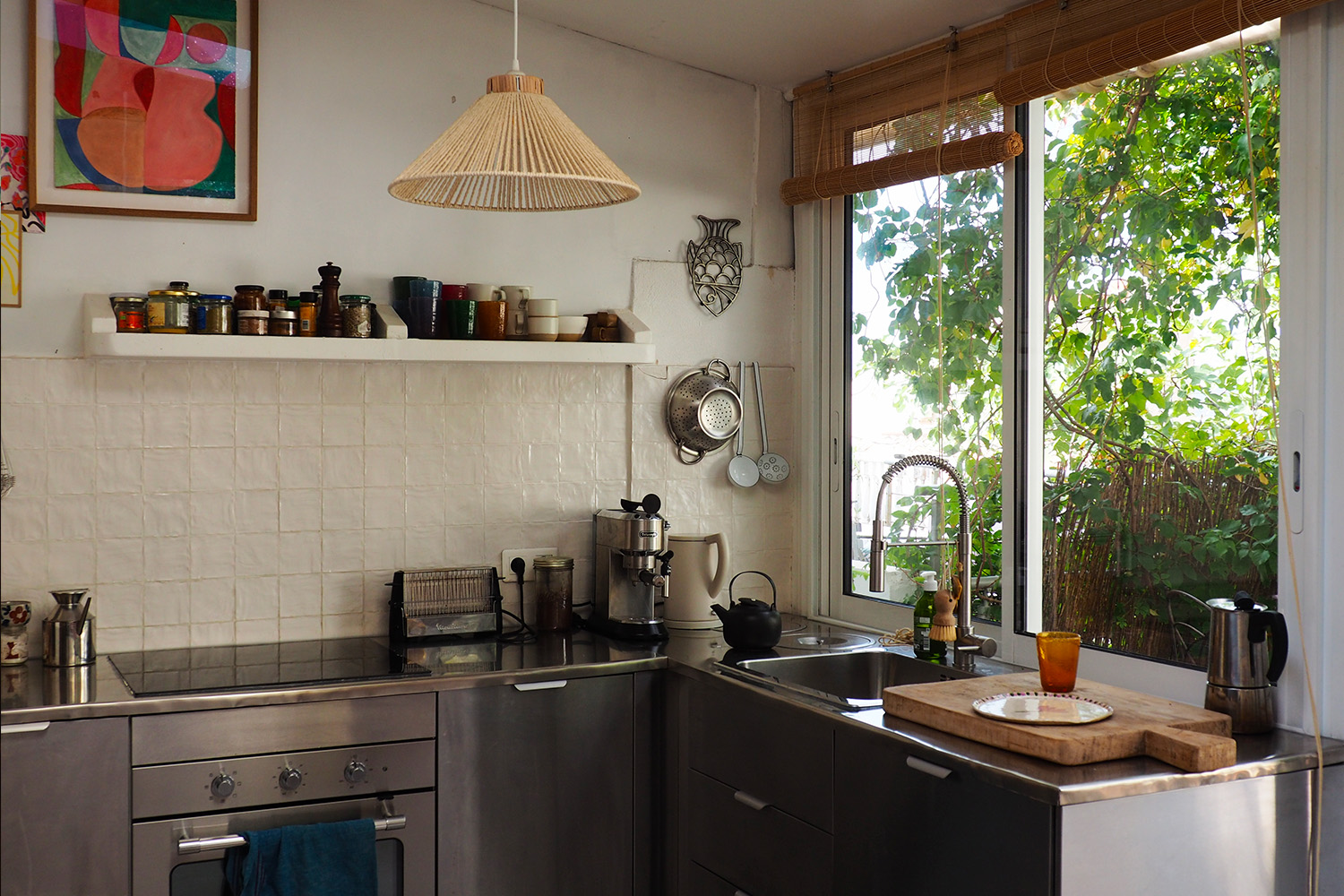
What did you like about ARCHIK’s approach?
E – I’ve always enjoyed a warm and friendly relationship with Amandine, Sébastien and their team. Their approach strikes me as human: they are driven by the fact that architecture and the purchase of a house are not just about financial or aesthetic considerations, but above all by a sense of well-being and “home”. I sense that they are driven by a concern to match places with their occupants, and that’s a beautiful philosophy. What’s more, we share many different sensibilities: craftsmanship, art, architecture…
What’s the most pleasant thing about living in this garden shed?
E – The peace and quiet, the Virginia creeper that cools the terrace in summer and the life of the cul-de-sac: the neighbors often organize open-air aperitifs or movie nights, we have a collective compost and a Whatsapp group to help out with flour, parsley or anything else!
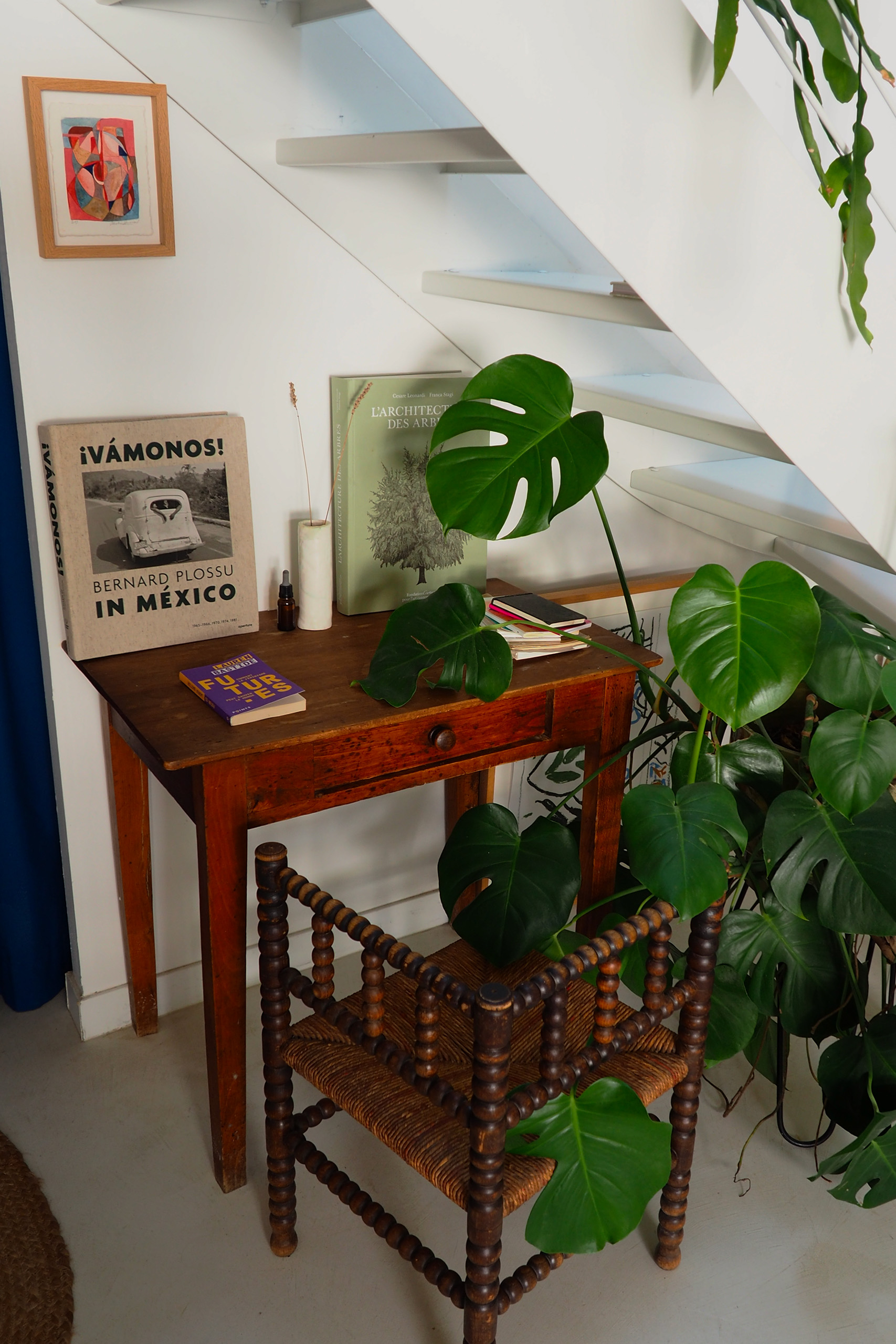
Would you have any advice for people embarking on a project like yours?
E – I renovated and furnished my house gradually: for example, the kitchen and garden were only redone three years after the initial work. I think it’s important to take the time to live in a place before intervening on a long-term or permanent basis. It gives us a better feel for the light as the seasons go by, for spontaneous uses, shortages or desires, and, little by little, for the furniture and objects we want to surround ourselves with. Ultimately, the result is more intimate interiors, where you really feel “at home”.
THE 3 FETISHES
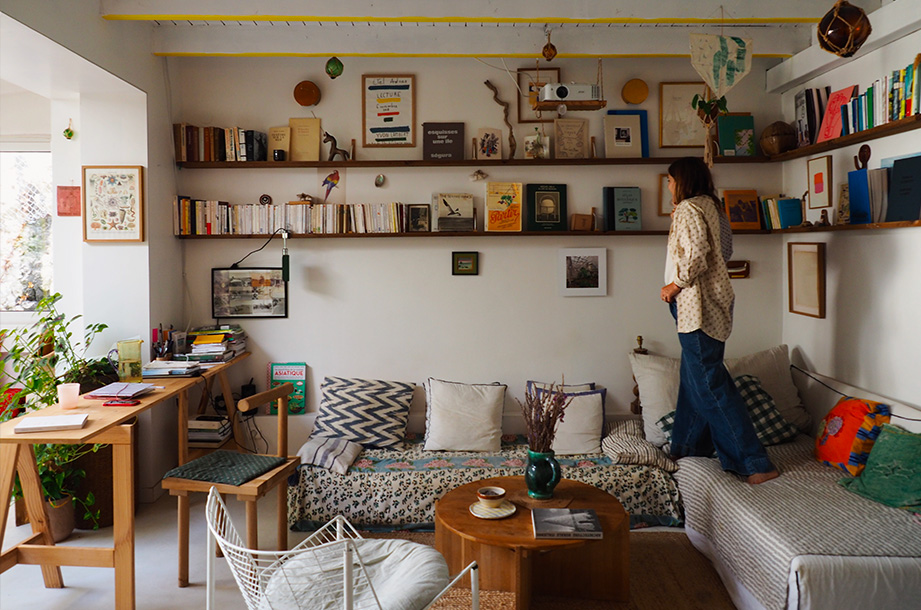
THE ROOM IN THE HOUSE
E – The living room, where I pile up all my favorite books, which serve as inspiration for my iconographic research, writing and publishing projects. In summer, it’s naturally cool because the house faces north; in winter, I heat wood in the stove and feel like I’m somewhere else. It’s not such a big room, but it’s one in which I quickly escape.
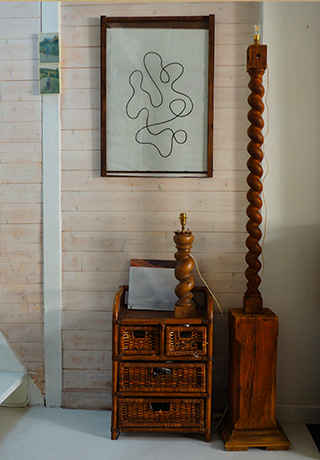
THE OBJECT
E – The turned wooden lamps of my grandfather, a gardian and carpenter: they link me to him, to his workshop in the Cévennes, where he eventually settled, and to the area we used to explore on horseback.
THE ADDRESS
E – L’épicerie Moutchou: I love Lisa’s commitment to local producers and independent winegrowers. You can also find bouquets from Lola (Fleur soleil), who grows her flowers on a plot of land in Marseille’s 15th arrondissement, or knives from my neighbor Hugo, who makes them between Marseille and Ariège… I love these links… And the food’s great too!
Interview and photos credits : Julie Fleutot


